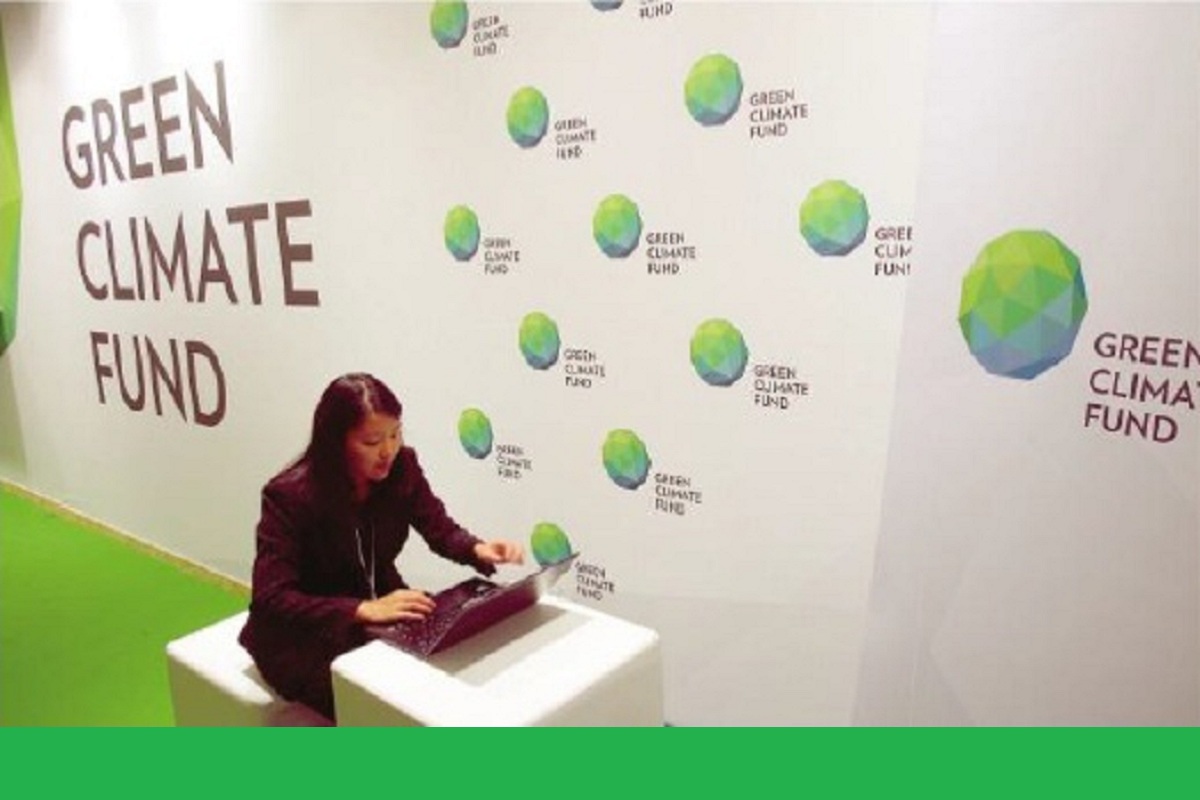The Green Climate Fund is the world’s largest dedicated climate fund. It accounts for about 73 per cent of the commitments made globally by multilateral climate funds. For those that prefer hard numbers, since 2014, it has raised close to $20 billion to assist developing countries tackle global climate change.
The projects that the GCF finances are expected to reduce 1.6 billion tonnes of CO2-equivalent and benefit over 350 million people. The hard numbers are mind-boggling to say the least; $20 billion, 1.6 billion tonnes of CO2? Surely all that about not doing enough is nonsense then? Surely the Green Climate Fund is doing everything that needs to be done?
Think again. Numbers are misleading, especially so when they are so eye-poppingly large. Let’s start with the money. $20 billion might sound like a lot, but it is not. Developing countries need about $1500 billion per year. What about all that CO2 that will be removed or avoided as a result of the GCF’s 129 projects?
The IPCC (the world’s leading scientific panel on climate change) estimates that we need to remove around 100 billion to 1 trillion tonnes of CO2 from the air by 2100 – the GCF’s contribution is hardly a few splashes of rain in the ocean. These numbers are not meant to instill a sense of fear but a sense of perspective. Even with the GCF operating at optimum efficiency, it is simply not going to be enough.
This, of course, does not mean that we should abandon the GCF. Far from it. The point is that it needs to be supplemented. But what about the GCF itself? Is it upholding the faith that the international community has placed in it? Do its actions reflect the sense of urgency that climate change requires? The numbers on the GCF’s official website would lead you to think so.
Indeed, the numbers presented above are extracted from there. But data without context is like listening to music with your fingers in your ear. You might get some of the beats, but you are never going to hear the full song. Out of the $20 billion or so that the GCF is endowed with, only about $5.6 billion has been ‘committed’ for projects, to use GCF parlance. Of this, the GCF will tell you that $3.9 billion has been ‘implemented’.
One would think that ‘implemented’ means money given out. That, however, is not the GCF’s understanding of the phrase. For the GCF, implementation begins once something known as a ‘funding activity agreement’ is effective. The GCF would, however, rather not have you know how much money has actually gone out the door. That amount is closer to a paltry (in the grand scheme of things) $0.45 billion.
That is less than 9 per cent of the total committed amount. One can hardly say that this reflects the sense of urgency that is required. There are a number of reasons why this is so. One is poor project quality. According to the GCF’s own Independent Evaluation Unit, in the Fund’s first few years, the GCF was incentivized to bring as many projects to the Board for approval as possible, in order to speed up capital commitments.
This, however, came at the cost of project quality. As a result, a number of projects are facing challenges due to unclear technical or commercial matters. Other reasons include slowness in processing and delays on the side of the project implementer. There are other issues with the GCF as well. Late last year, a scathing report was published criticizing the GCF for spending excessively on business class travel and lavish hotels.
In 2019 it was reported that the GCF spent over $3.7 million on such expenses. Doubtless, much of this can be classified as essential travel. One cannot operate a global climate fund without some degree of travel. Staff need to, for instance, visit project sights, conduct reviews and organize fundraising activities. Staff do not, however, need to jet off in business class. One may argue that this is merely part of the incentive package that an institution has to offer in order to attract the right talent.
The right talent, however, also espouses the core values of the workplace. When the workplace is an institution meant to ‘promote the paradigm shift towards low-emission and climate resilient development’, flying business class is really a slap on the face of the GCF. All this may sound trivial or banal to some, but there is a deeper point. The point is that the GCF needs to be the change it expects to see.
The GCF is still relatively a young institution. As someone who has worked at the GCF, I can attest to the fact that the GCF is a learning institution. It spends a great amount of energy on trying to incorporate lessons learnt into its operations. It has done so with its policies and procedures, and it will doubtless do so in other areas. Until then, however, we must conclude that the GCF wants us to think that it is doing better than it actually is.
(The writer is a senior research associate at Jindal Global University, Sonipat, Haryana)












